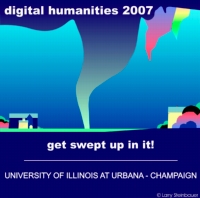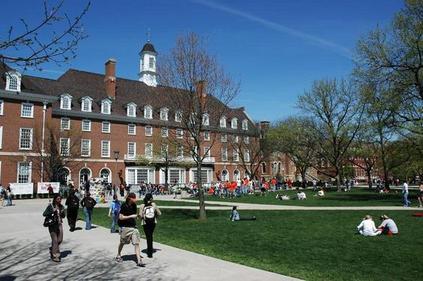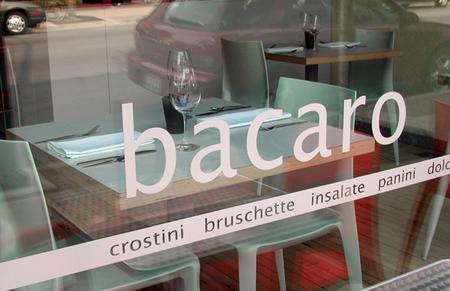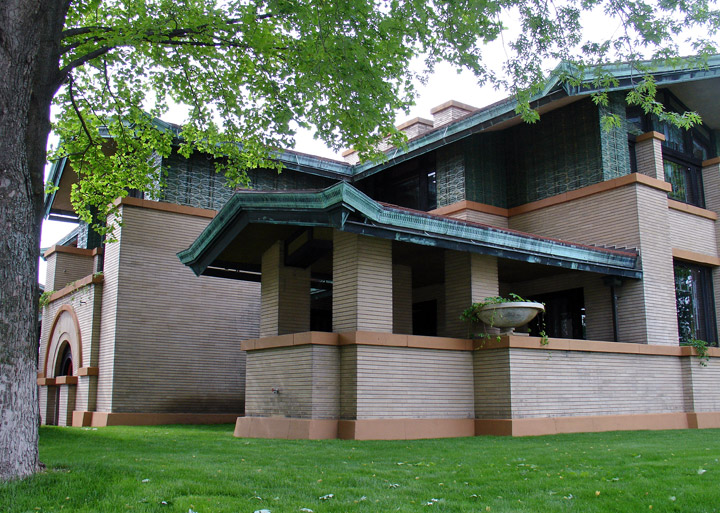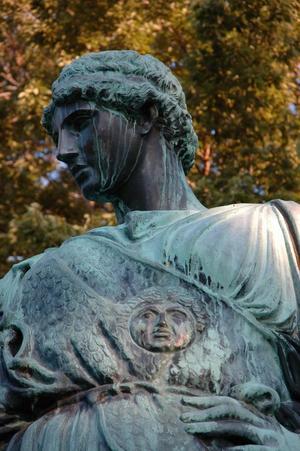 |
About the Campus and Surrounding Area
The University of Illinois, Urbana-Champaign is located about 140 miles south of Chicago, in central Illinois. The University is served by Willard Airport (CMI) in Savoy, IL, about 10 minutes from the University campus. Amtrak has daily train service from Chicago. The city bus system that serves both Champaign and Urbana is excellent. The University web site provides more detailed directions to campus. Champaign has a population of 67,518 and Urbana's is 36,395. The University straddles the border between the two towns. In summer months the average high temperature is 85 degrees and low temperature is 65 degrees. Between April and July there is an average of 5 to 7 thunderstorms per month and our annual rainfall is 39.74 inches. During June, July and August there is an average of six to seven days per month when the temperature is above 90 degrees. Historically, July is the warmest month. The Champaign County Visitor's Guide has more information about the area.
Since its founding in 1867, the University of Illinois at Urbana-Champaign has earned a reputation as a world-class leader in research, teaching, and public engagement. It is one of the country's 37 original public land-grant institutions created within 10 years of the signing of the Morrill Act by Abraham Lincoln in 1862. It has 272 major buildings located on 1,458 acres. The University has 1,986 permanent faculty, 29,294 undergraduate students, and 11,066 graduate students, from all 50 states and 100 nations.
Campus Attractions
The Library at the University of Illinois, Urbana-Champaign is the largest public university collection in the world, and the one of the world's premier research libraries. Among the Library's most notable collections are its holdings in Slavic and Eastern European history, literature, and science; music, especially Renaissance music; 17th- and 18th-century American and British literature; American, British and Irish history, including a distinguished collection of Lincolniana; French, German, and Italian literature, including world-famous Proust, Rilke, Dante, and Tasso collections; and historic and modern maps. The Library is also world-famous for its outstanding collection of emblem books and incunabula, and for archival collections, including personal papers of John Milton, Marcel Proust, H.G. Wells, Carl Sandburg, and Avery Brundage of the international Olympic movement. The Library holdings include more than ten million volumes.
Since 1969, the Krannert Center for the Performing Arts has served as one of the nation's premier educational and professional performing arts complexes. Each season, Krannert Center features over 300 performances and productions. Encompassing two city blocks, the Center is a stunning architectural achievement designed by University of Illinois alumnus Max Abramovitz. The Krannert Center has four main venues, and is most famous for its acoustically superior concert hall, the Foellinger Great Hall.
The Krannert Art Museum has the second-largest permanent collection of art in Illinois. Acknowledged strengths of the collection include: The Trees Collection of European and American Painting, Moore Collection of European and American Decorative Arts, The Olsen Collection of pre-Columbian Art, and examples of 20th Century Art collected during the Contemporary Arts Festivals (1948-1974). Additionally, focal points of the collection include a small but exquisite collection of Asian art, a growing collection of African art, and a large and important collection of works on paper, particularly a group of prints by WPA-artists and photographs by Edward Weston and others.
With approximately 46,000 artifacts in its collections, The Spurlock Museum's permanent galleries celebrate the diversity of cultures through time and across the globe, highlighting the Ancient Mediterranean, Africa, Asia, Oceania, Europe, and the Americas. |

